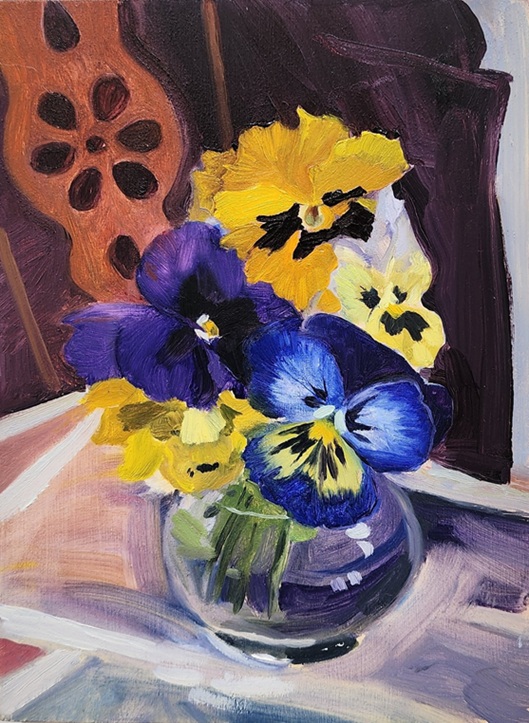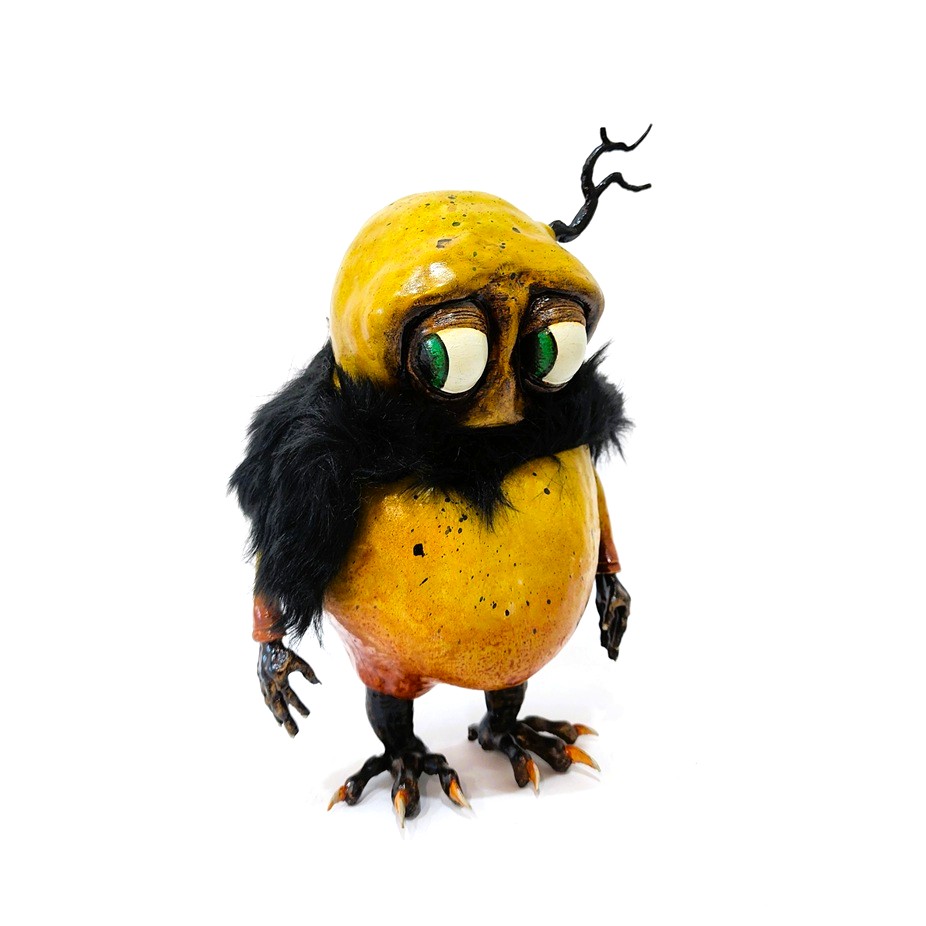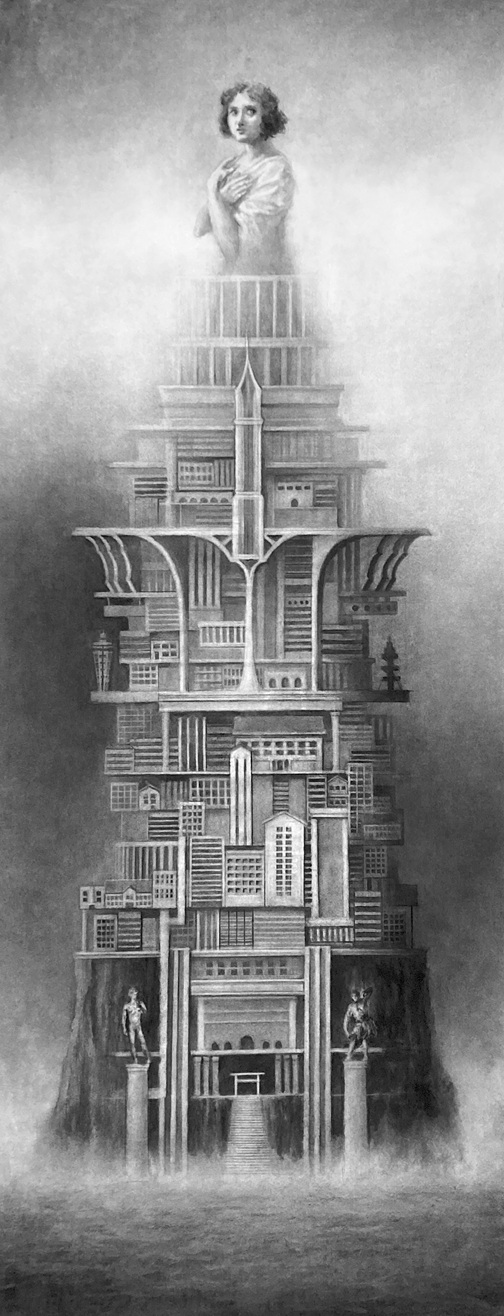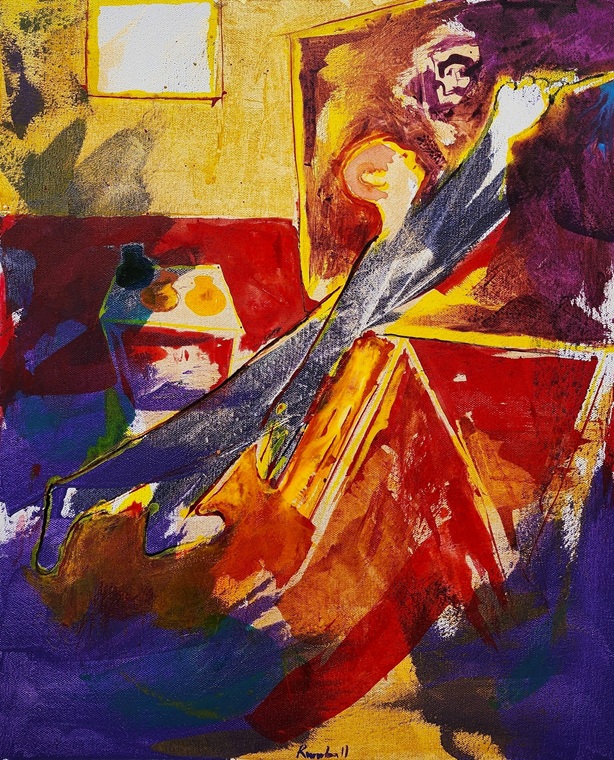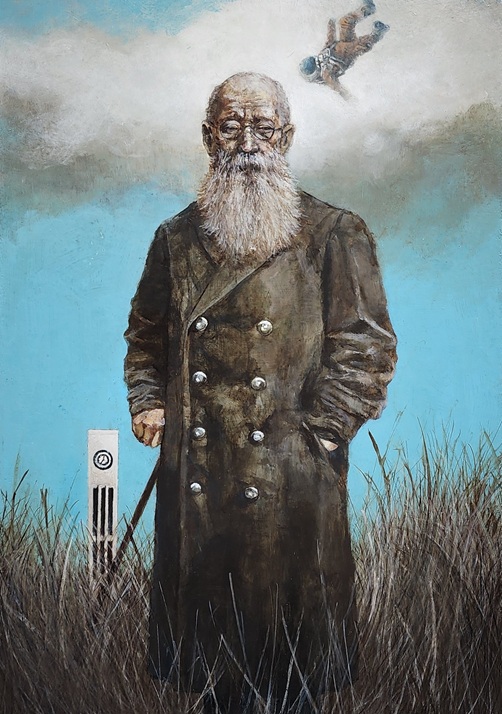Current Exhibition
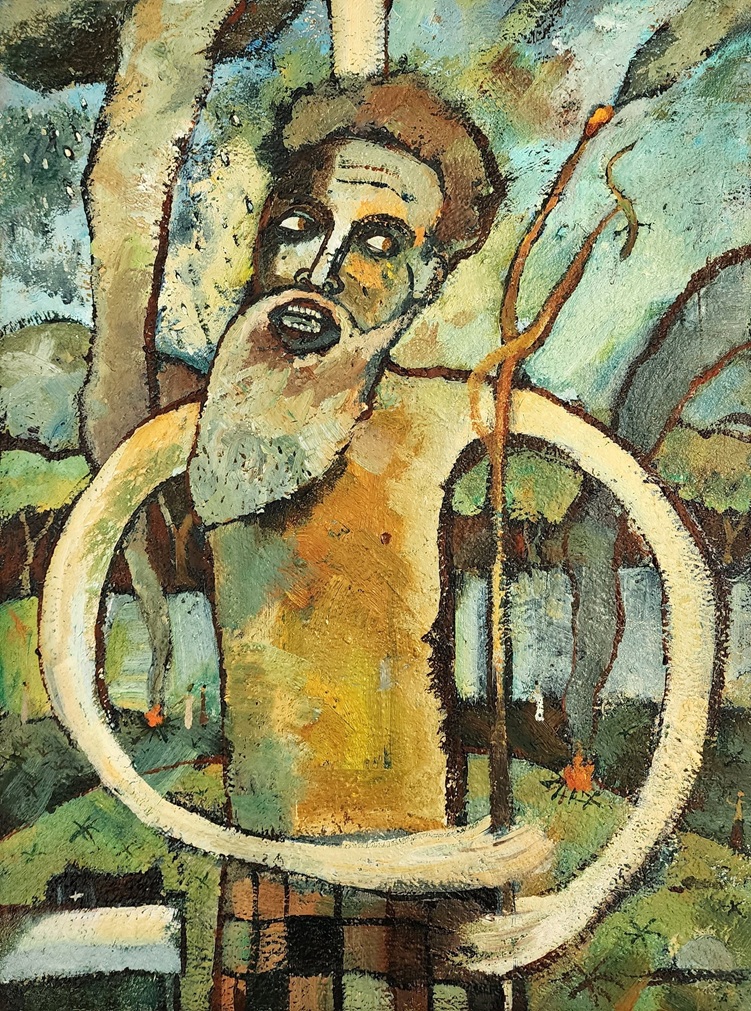
For August 2025, ZIMMERMAN is delighted to present Revelations and Regrets (Aotearoa New Zealand in the mid-19th century) - selected oil paintings on woollen blankets by Brett a'Court.
The artist’s use of woollen blankets as a medium is a metaphor and connection to colonisation, Christianity and the Māori prophets.
"During the mid-19th century, New Zealand saw a period of significant change and conflict."
"This era saw the beginning of the New Zealand Wars, and the rise of Māori prophets and the spread of many political movements combining Christianity and Māori spirituality."
"The landscape of Aotearoa also started to change with excessive logging, forests being cleared for farming and the decline of native wildlife".
The paintings in this exhibition feature people and stories from this era - an artist's commentary on each work is set out beneath the images below, together with an artist's biography.
Work details
Octavius Hadfield
Oil on woollen blanket, 460 x 360 mm
Note: This painting was a finalist in the 2025 NZ Paint and Printmaking Awards
Octavius Hadfield was a nineteenth century missionary in New Zealand. In 1860 he wrote a pamphlet called "One of England's Little Wars". It was a public appeal for justice over the government's unjust purchase of land in Waitara Taranaki.
Walter Buller Huia, Shot Charge No 6 (it seemed like a good idea at the time)
Oil on woollen blanket, 410 x 410 mm
Walter Buller was a nineteenth century naturalist who was born in New Zealand in 1838. He would shoot specimens of native birds for museums and collectors all around the world.
Buller’s book, A History of the Birds of New Zealand, recalls the following encounter:
“Whilst we were looking at and admiring this little picture of bird-life, a pair of Huias, without uttering a sound, appeared in a tree overhead, and as they were caressing each other with their beautiful bills, a charge of No. 6 brought both to the ground together. The incident was rather touching, and I felt almost glad that the shot was not mine, although by no means loth to appropriate the two fine specimens.”
Later in life Buller reflected on the sadness of the passing of the huia, which ironically became extinct partly from such practices.
Captain Cook / Captain Cooker
Oil on woollen blanket, 205 x 255 mm
Captain James Cook is credited with introducing pigs to New Zealand in the 1770s.
These pigs, often referred to as "Captain Cookers," became wild, and a source of meat for both Pākehā and Māori. Subsequently they destroyed native plants and wildlife.
In the 19th century, pigs and potatoes became an essential part of the traditional hākari (feast) for Māori hui (gatherings).
The Bible and the Coin
Oil on woollen blanket, 300 x 220 mm
In 1837, William Colenso printed the first copies of the Māori New Testament at Paihia in the Bay of Islands. Many Māori chiefs sent barefoot messengers a great distance in order to acquire a copy.
A messenger sent by chief Nōpera Panakareao arrived at Paihia after several days of journeying. A letter wrapped in folds of cloth around his head conveyed the request for a copy of the Māori New Testament, and the messenger carried a one-pound gold sovereign with which to procure it.
Colenso noted it was the first gold coin he had ever seen in New Zealand; a reflection of the thirst at the time for the Christian scriptures.
Tāmati Te Ito - The Lizard Eater
Oil on woollen blanket, 410 x 310 mm
Tāmati Te Ito Ngāmoke was a Taranaki prophet in the 1850's who interwove Māori spirituality with Christianity.
His principal mission was to free Taranaki from the influence of demons and their tapu (sacredness).
Te Ito would organise great bonfires of taonga (treasures), clothing and carvings associated with atua (ancestral spirits). Even lizards - which were deemed to be tapu or demonic - were burned and eaten. His movement and followers were called Kaingārara, the Lizard Eaters.
Initially perceived as a rival to the Parihaka prophets Te Whiti-o-Rongomai and Tohu Kākahi, in 1872 Te Ito joined the Parihaka community.
About Brett a'Court
Born in Christchurch in 1968, Brett a'Court is a full time artist.
Brett became interested in art at a very young age, finding meaning through painting early in life. His relationship with art quickly developed into a lifelong passion to seek truth and understanding, and to make a spiritual connection through his faith between the physical and metaphysical realms.
Delving into New Zealand history to explore events of the past, his work explores questions of identity and his place in Aotearoa.
Brett's current work examines colonisation and Māori history, in particular the Māori prophets of the past. His use of woollen blankets as a medium are a connection and metaphor between colonisation, Christianity and the Māori prophets.
In 2022 and 2025 Brett was a finalist in the Craig Aspiring Art Award, and in 2024 his entry received a merit award - the same year in which he was also a finalist in the Walker & Hall Waiheke Art Award.
Brett was a finalist in the 2023 Molly Morpeth Canaday Award, and was a finalist in the NZ Paint and Printmaking Awards in both 2023 and 2025.
Brett won the Hugo Charitable Trust runner-up award in the 2021 National Contemporary Art awards, and was a finalist in the awards again in 2022, 2023 and 2025.
Brett's work is found in both private and public art collections throughout New Zealand. The artist lives and works in Waipu, a small Northland town he moved to with his wife more than 25 years ago.







